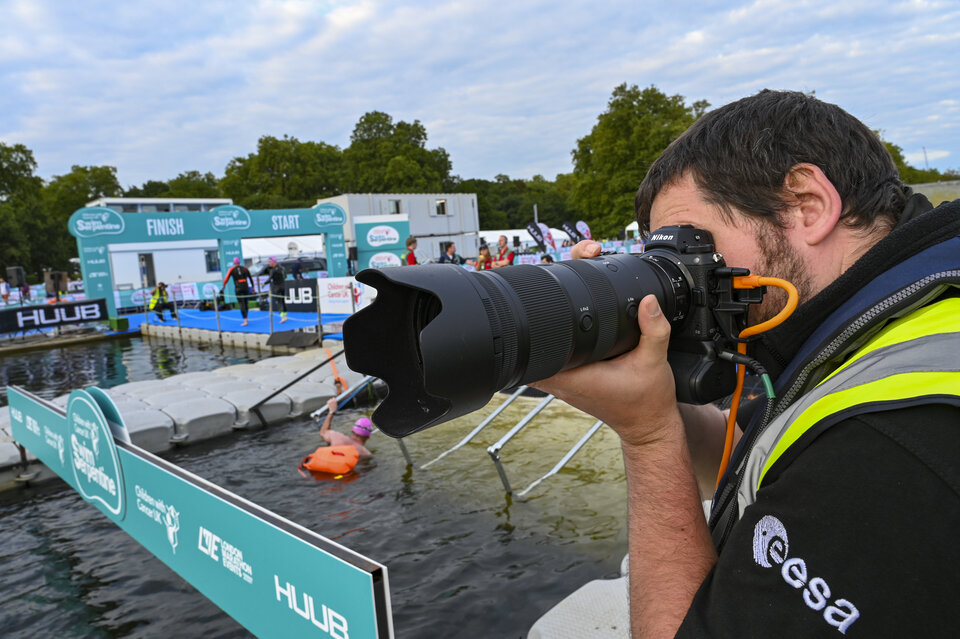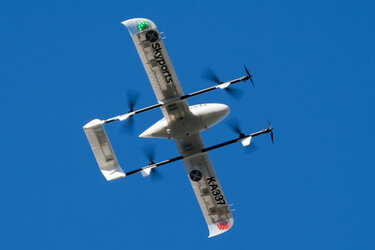ESA boosts expanding UK space applications market
ESA’s efforts to help UK firms devise and commercialise disruptive products and services are contributing to the strong growth of the country’s satellite applications industry, according to a panel session on business innovation that took place at the UK Space Conference this week.
The session included Nick Appleyard, Head of Downstream Business Applications at ESA, and Emily Gravestock, Head of Applications Strategy at the UK Space Agency.
The UK space industry is worth over £16 billion and is continuing to expand year-on-year, with the satellite applications market being responsible for the majority of its growth.
This is stimulating strong UK investment in both ESA and its own business applications programmes, according to Gravestock.
Through its ESA Space Solutions programme – in which the UK is a leading contributor – the agency is putting space to work across every area of society.
The programme is helping a growing community of companies to use space technology to tackle challenges in their industries, developing products and services that benefit every part of economy, including agriculture, entertainment, healthcare and many more.

Increasingly, these applications are supporting efforts to combat issues of global importance, such as climate change and COVID-19.
The societal benefits delivered by such technologies provide a strong business case to support ESA’s upstream space activities, according to Appleyard.
Appleyard and Gravestock were joined during the session by two companies supported by ESA Space Solutions, including London-based air mobility company Skyports.
In a project completed with the NHS, a fleet of satellite-guided drones developed by Skyports were used to accelerate the provision of medical supplies at NHS hospitals in Scotland, supporting the country’s efforts to combat coronavirus.
Drone delivery cut the average transport time in sparsely populated remote communities from 21 hours to 60 minutes, demonstrating the impact space technology can have on vital services.

Also present at the session was UK sports photography company AWOL Adventure, which developed a space-enabled imaging service that captures athletes at open-air sports events – such as triathlons or half marathons – and sends pictures to their friends and family in seconds.
Using existing photography services, competitors and their supporters would expect to wait days to receive in-race images.
The panel went on to discuss the future of satellite applications and the wider shift towards commercialisation in space industries, which comprises of activities in space as well as on the ground.
Appleyard said: “We’re now starting to see the development of supply chains that will enable commercial activities off the Earth’s surface. These activities have customers and revenues, and attract investment – they are beginning to resemble the digital industries on Earth.
“The traditional separation between commercial activity on the ground and institutional activity in space is beginning to disappear.”





